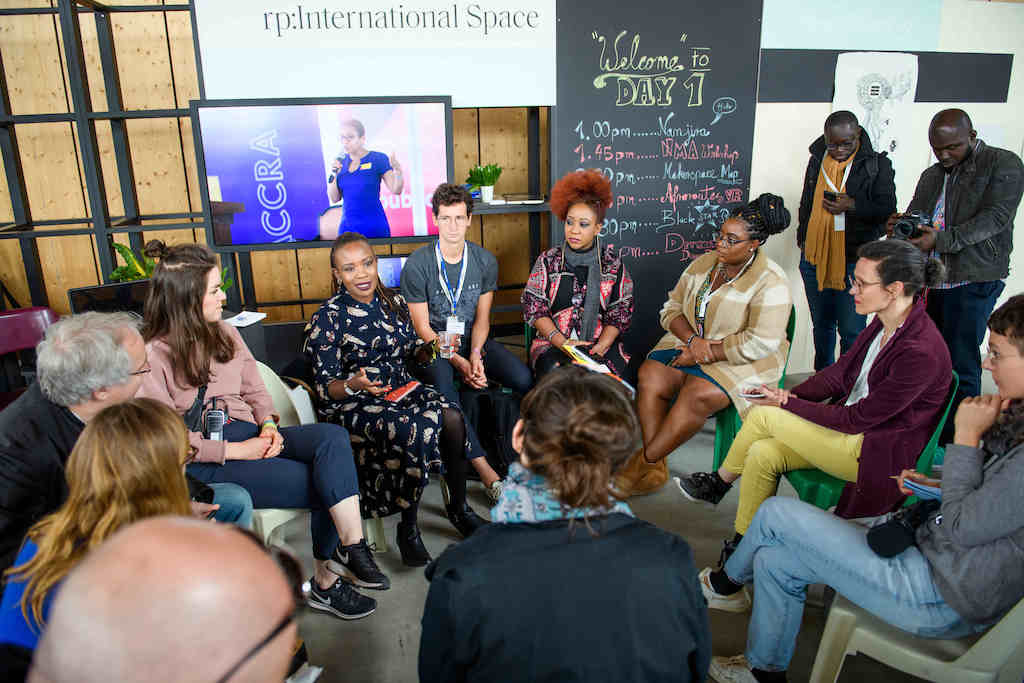Skift Take
Meetings and events should reflect the wider world, not just the insular sphere of corporate executives. Planners, though, need better education to create experiences that welcome a more diverse set of attendees.
If you’ve been to a business event before, you’ve probably noticed how the crowd is predominantly composed of garrulous men who all seem to already know each other. If so, you’re not alone.
Planners have begun to put a broader focus on diversity and inclusion in their events, but a lot of work needs to be done to shift the homogenous paradigm that has defined the sector for decades.
Meeting Professionals International polled 1,087 members to explore how meeting planners and professionals approach building more inclusive and diverse events.
The State of Inclusion in Meetings & Events report finds that guest expectations have shaped a wider focus on inclusion in event design. Overall, 56 percent of those polled have written diversity and inclusion policies, with 39 percent stating that they face no barriers to creating “truly inclusive experiences.”
A knowledge gap may exist, though, with 40 percent reporting that they don’t excel when it comes to diversity and inclusion due to a lack of educational resources.
When asked, planners stated the obvious: Men and extroverts are best served by their events, while introverts, those with disabilities, and those from “non-dominant” religions are least well-served.
Here are the objectives for event professionals with respect to diversity and inclusion initiatives. Guest expectations are the biggest driver of more inclusive events, followed with legal obligations and the positive effect of inclusion on business efforts.
| Primary Objectives for Diversity and Inclusion Initiatives in Their Organization | |
|---|---|
| Respond to Guest Expectations | 31% |
| Comply With Legal Requirements | 20% |
| Achieve Business Results and Enhance the Bottom Line | 19% |
| Attract and Retain Talented Staff | 13% |
| Enhance External Reputation | 10% |
| Other | 7% |
Source: Meeting Planners International
Despite the existence of an education gap, planners are working to craft more inclusive events. Paying attention to attracting attendees of different races and ages are a focus of planners more than half the time while attracting attendees of various sexual orientations, physical abilities, and religions is done less than half the time.
The meetings industry needs to move forward in a more inclusive manner, even if it means facing up to the many ways in which the sector has fallen short.
“We can’t be afraid to have the conversation,” said Jessie States, director of MPI Academy for Meeting Professionals International. “Industry professionals have said there is a gap in knowledge and education to support the design of inclusive experiences, and MPI takes that seriously. We need to create safe learning environments wherein our community can learn from the experts and from each other about how to design truly welcoming experiences.”
So what are the roadblocks to creating more inclusive events? Planners reported that they lack the education to improve the design of their events. A lack of budget and buy-in from leadership also prevent barriers.
| Barriers to Planning Inclusive Event Experiences | |
|---|---|
| I Don’t Have The Necessary Knowledge/Experience | 40% |
| No Barriers | 39% |
| I Don’t Have The Budget | 20% |
| I Don’t Have Leadership Support | 14% |
| I Don’t Have Enough Time | 13% |
| Other | 7% |
Source: Meeting Planners International
The good news is that many planners say they face no barriers to improving diversity and inclusion at their events. Now it’s time for them to put in the work to craft events that appeal to a variety of people instead of the predominantly white and male faces of the corporate world in North America.
Read the full report below.
Have a confidential tip for Skift? Get in touch
Tags: diversity, meetings, meetingsiq
Photo credit: Speakers and attendees at the re:publica 19 conference in Berlin, Germany. Stefanie Loos/re:publica / Flickr
